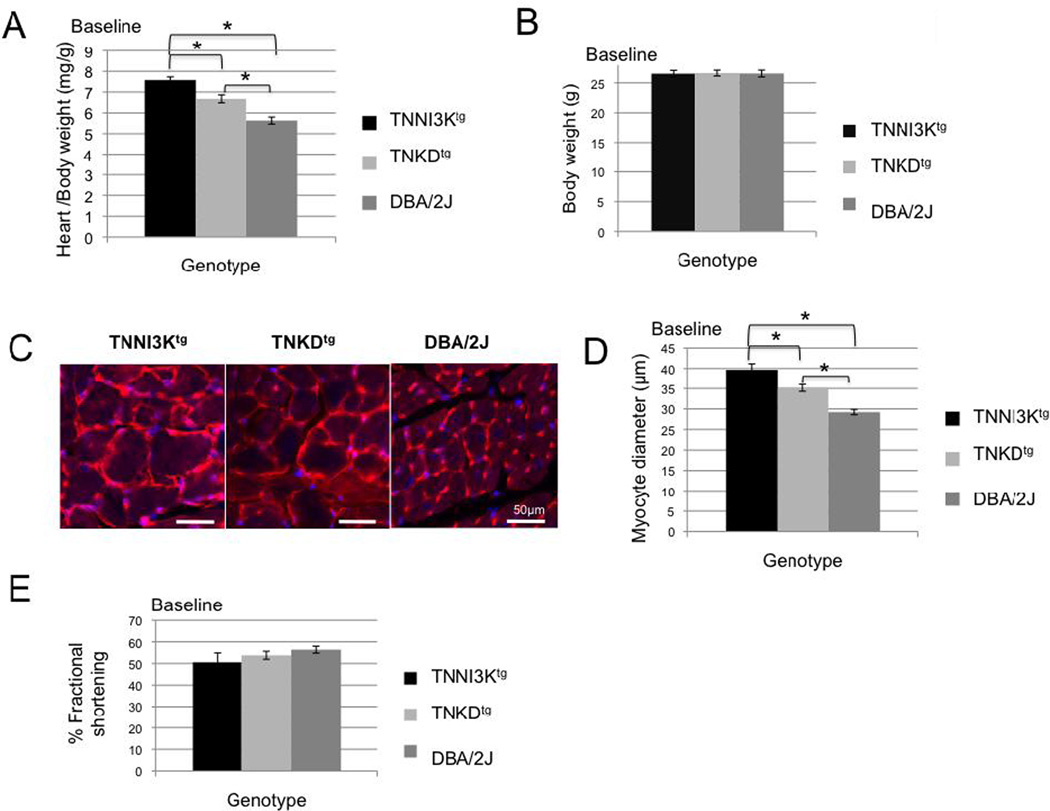Figure 1. TNNI3K kinase activity induces an increase of cardiac mass.
Heart weight and body weight of adult male DBA/2J (n=11), TNKDtg (n=11) and TNNI3Ktg (n=11) mice were measured at 2 months of age. Heart weight to body weight ratio of TNNI3Ktg mice is significantly higher than in the other strains (A, * p<0.0001), while body weight is similar among the three strains (B, p=0.97). (C, D) Heart sections from TNNI3Ktg, TNKDtg, and DBA/2J mice were stained with wheat germ agglutinin (C, red and counter stained with DAPI (blue)) and the diameter of the myocytes was measured (D). The diameter was significantly increased in the TNNI3Ktg mice. (n=60 measurements of 3 mice from each genotype, * P <0.001) Each bar represents 50 µm. (E) Echocardiography was performed for TNNI3Ktg mice (n=8), TNKDtg (n=7) and wild type littermate control male mice (n=7) at 2 months of age. There was no significant difference in contractile function in any of the lines, as shown by similar shortening (FS) among three groups (p=0.25 TNNI3Ktg vs DBA; p=0.53, TNNI3Ktg vs TNKDtg). Each data point is shown as mean± SEM.

